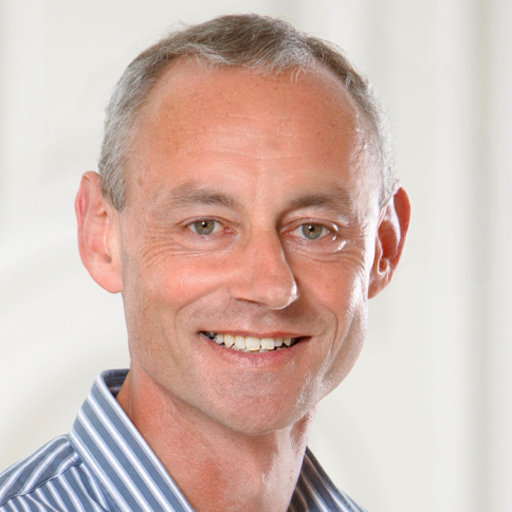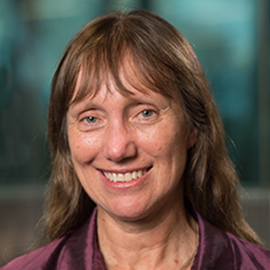
Prof. Dr. Hans-Peter Piepho
Managing director of Institute of Crop Science, Biostatistics, University of Hohenheim
Hans-Peter Piepho was appointed Professor of Biostatistics at the University of Hohenheim, Stuttgart, Germany in 2001. He has been working as an applied statistician in agricultural research for more than 30 years. His main interests are related to statistical procedures as needed in plant genetics, plant breeding and cultivar testing. Recent interests include envirotype- and marker-enabled breeding, spatial methods for field trials and experimental design for various applications including two-phase experiments and multi-environment trials. Further areas of interest include network meta-analysis and measure of goodness of fit for generalized linear mixed models.
Large agricultural field trials may display irregular spatial trends that cannot be fully captured by a purely randomization-based analysis. For this reason, paralleling the development of analysis-of-variance procedures for randomized field trials, there is a long history of spatial modeling for field trials, starting with the early work of Papadakis on nearest neighbor analysis, which can be cast in terms of first or second differences among neighboring plot values. This kind of spatial modeling is amenable to a natural extension using splines, as has been demonstrated in recent publications in the field. Here, we consider the P-spline framework, focusing on model options that are easy to implement in linear mixed model packages. Two examples serve to illustrate and evaluate the methods. A key conclusion is that first differences are rather competitive with second differences. A further key observation is that second differences require special attention regarding the representation of the null space of the smooth terms for spatial interaction, and that an unstructured variance–covariance structure is required to ensure invariance to translation and rotation of eigenvectors associated with that null space. We develop a strategy that permits fitting this model with ease, but the approach is more demanding than that needed for fitting models using first differences. Hence, even though in other areas, second differences are very commonly used in the application of P-splines, our conclusion is that with field trials, first differences have advantages for routine use.




